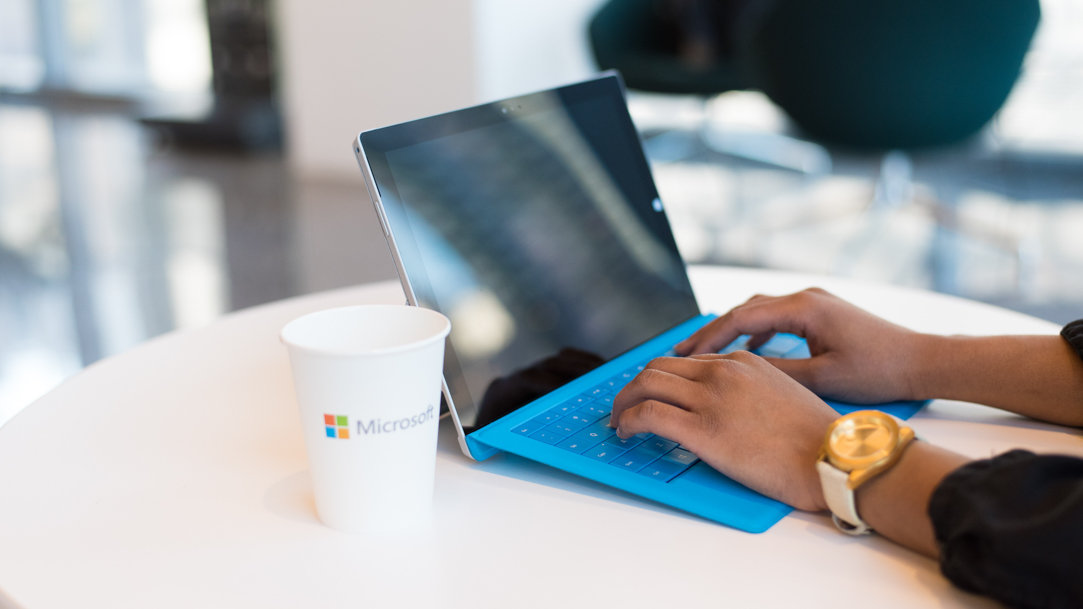
September 28, 2023
Even if you don’t need it, a safety net can surely give you peace of mind. And if you do need it, you’ll be glad it’s there. Backing up your files is a digital safety net. You may never need those backups, but if you do and don’t have them, you may find yourself in a difficult situation. See how easy it is to back up your files to an external drive or the cloud via OneDrive in Windows 11, and learn why it’s so valuable to give yourself this particular peace of mind.
Do I need to back up my files?
With so many ways for files to be lost or corrupted, from device malfunctions to malware to the misstep of a collaborator, backing up your files and Windows settings is an easy safeguard that is certainly worth your time. In Windows, it takes just a few seconds to set up automatic cloud backup or move files to an external drive. Compare that to how long it can take to rewrite even one page of a document or resetting all your preferences. If you want to avoid wasting time setting preferences, trying to fix file issues, or stressing out over an accidental deletion, backing up your files is the way to go.
How do I back up my files?
There are two main ways to back up your files. One is to a physical drive, such as a USB flash drive or external hard drive. The other is to the cloud, such as OneDrive, which is built into Windows 11 and available to any user.
Windows built-in cloud storage option is an invaluable protector of your experience and information. By backing up Windows files in OneDrive, your files and preferences are protected if something happens to your device; you can access files using all your devices, anywhere; and there’s the ability share, even create with friends and family in real time with Office apps.
Back up files in Windows 11
Learning how to back up your files in Windows is wonderfully straightforward. Follow these steps to have your files backed up with the help of cloud storage:
Once your Windows backup is complete, the selected folders and files will automatically sync to OneDrive for safe keeping. You can access the backed-up files from any compatible device or online using your Microsoft Account sign-in or try the OneDrive App.
Back up to an external drive
Once you’ve connected your external drive to your device, follow these steps:
With one or more backups in place, you can be confident that your files and folders are secure. For more tips, tricks, and insights for protecting data and getting the most out of Windows 11, head to the Windows Learning Center.




